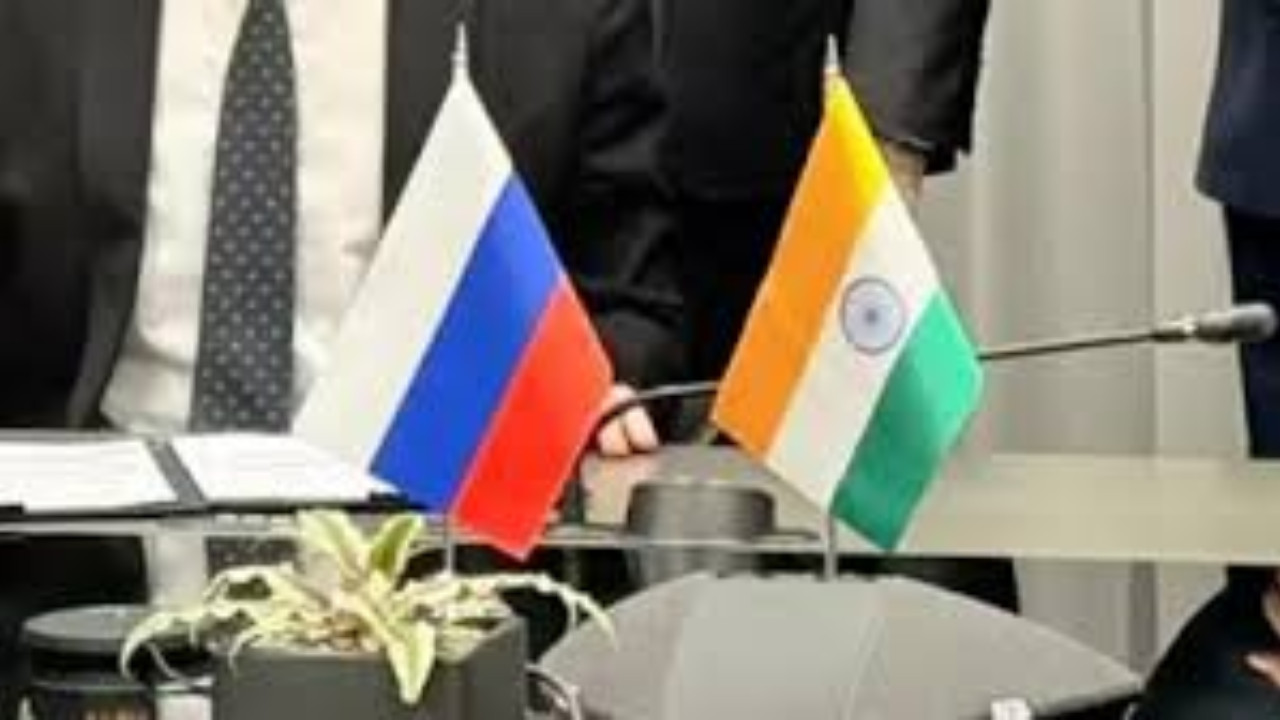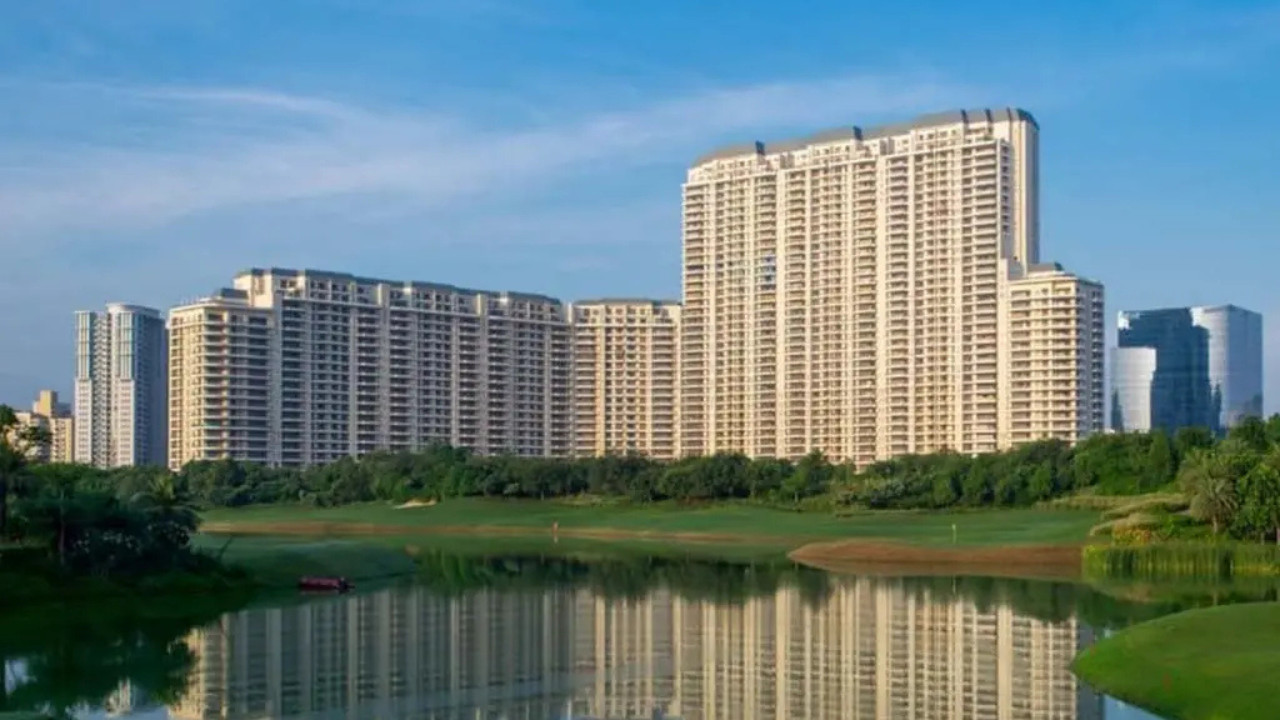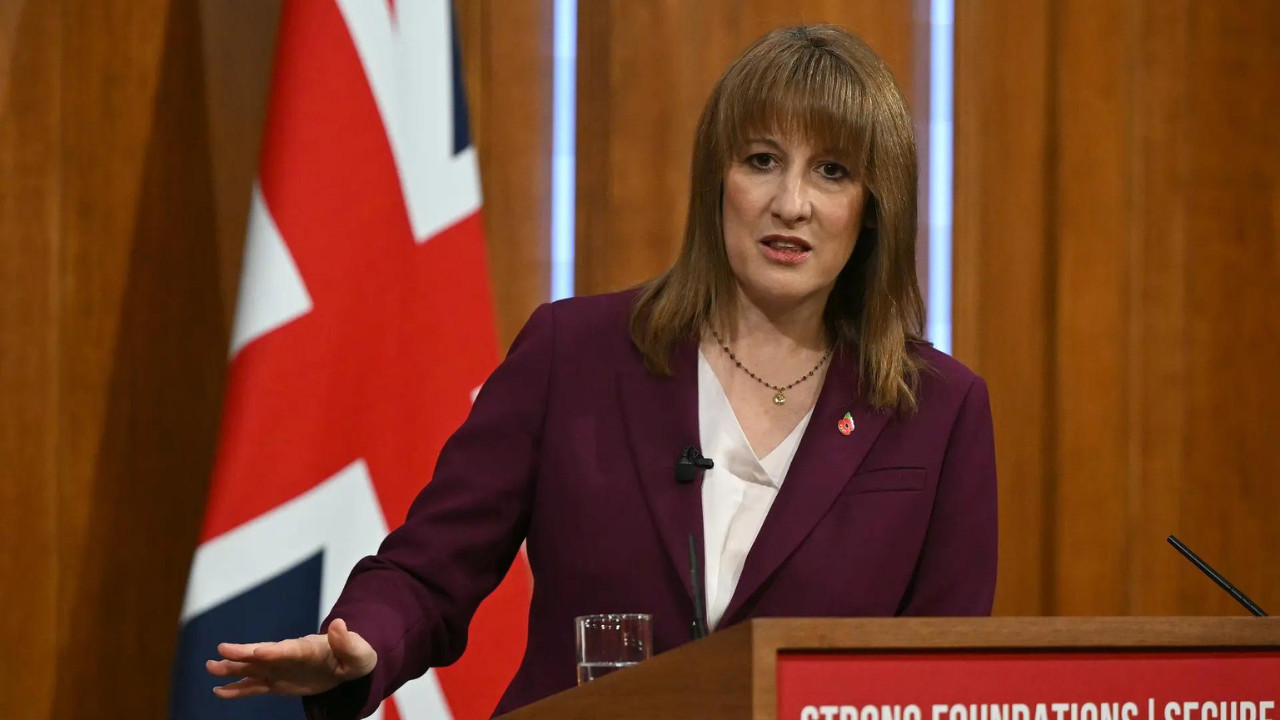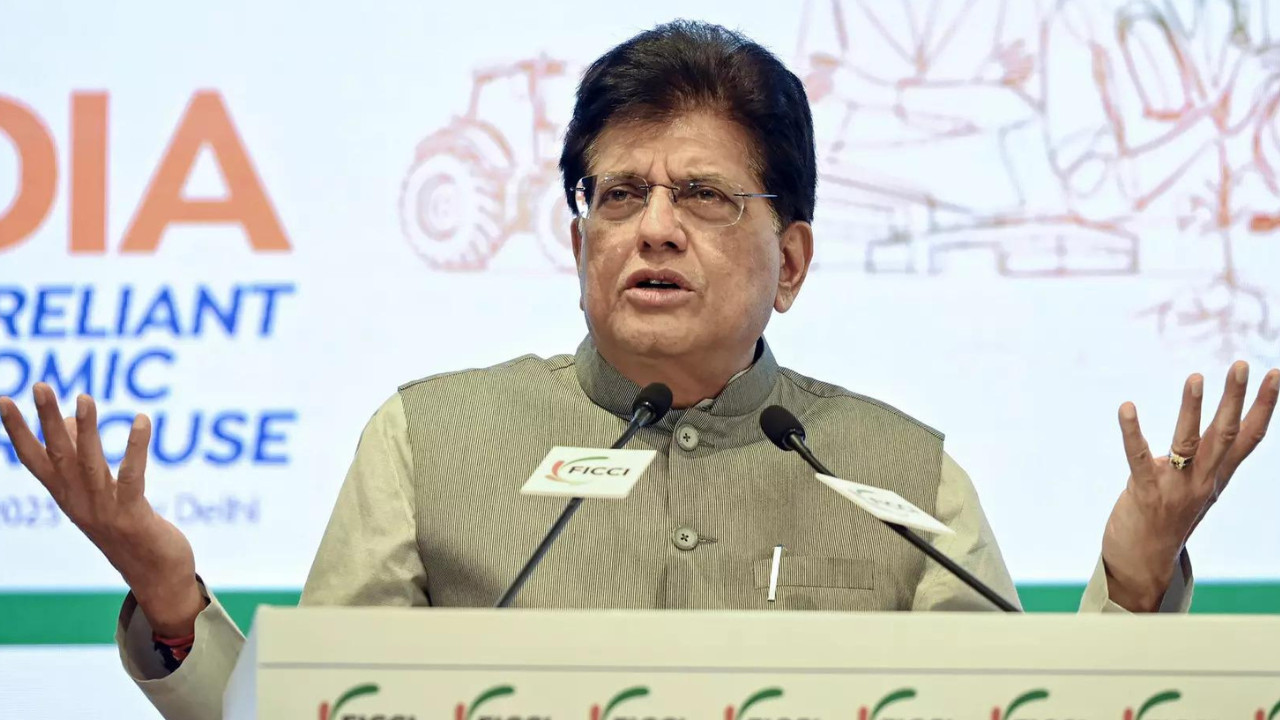Commerce Secretary Rajesh Agrawal held crucial talks in Moscow to accelerate the India-EAEU Free Trade Agreement, aiming to boost bilateral trade to $100 billion by 2030. Discussions focused on diversifying trade, strengthening supply chains, and expanding Indian exports through industrial collaboration, with specific attention to sectors like pharmaceuticals and machinery.
Rethinking Russia: India’s Pragmatic Pivot in Trade
The air crackled with purpose in Moscow recently as Indian officials sat down to re-evaluate the roadmap for a Free Trade Agreement (FTA) with the Eurasian Economic Union (EAEU). Far from being a simple rubber-stamping exercise, this meeting signals a deeper, more nuanced approach to India-Russia trade relations, one prioritizing diversification and fortifying supply chains against an increasingly volatile global backdrop.
Forget the outdated narrative of unwavering allegiance. What’s unfolding is a pragmatic recalibration, a strategic dance between two nations navigating a complex geopolitical landscape.
Beyond the Headlines: Understanding the EAEU and India’s Interest
The Eurasian Economic Union, comprising Russia, Belarus, Kazakhstan, Armenia, and Kyrgyzstan, represents a significant economic bloc. While trade between India and Russia has seen a notable upswing, particularly in areas like energy and defense, the overarching goal is to broaden the spectrum. India’s interest in a comprehensive FTA with the EAEU isn’t just about boosting existing trade; it’s about unlocking new opportunities across diverse sectors. Think pharmaceuticals, technology, agriculture, and textiles – areas where India possesses considerable strength and export potential.
But here’s the rub: the world has shifted. The Russia-Ukraine conflict has cast a long shadow, disrupting global supply chains and prompting Western sanctions. This new reality demands a more cautious and strategic approach.
Diversification is Key: India’s Smart Play

The core of India’s renewed focus lies in diversification. Over-reliance on specific sectors, particularly those susceptible to geopolitical shocks, is a risk no nation can afford. The discussions in Moscow centered on identifying and nurturing alternative trade routes and product categories. This isn’t about abandoning existing partnerships; it’s about building resilience.
Imagine a scenario where unforeseen circumstances disrupt the supply of a critical resource. A diversified portfolio of trade partners and products acts as a buffer, minimizing the impact on the Indian economy. That’s the strategic advantage India is aiming for. This also necessitates a hard look at payment mechanisms and logistical infrastructure. Exploring alternatives to the traditional dollar-denominated trade is crucial, as is streamlining customs procedures and improving transportation networks. The conversation, therefore, extends beyond mere tariff reductions to encompass the entire ecosystem that facilitates seamless trade.
Strengthening Supply Chains: A Proactive Approach
The global pandemic and subsequent geopolitical tensions have exposed vulnerabilities in supply chains worldwide. India’s renewed focus on its trade relationship with the EAEU includes a deep dive into identifying and addressing these vulnerabilities. This involves not only diversifying sourcing but also investing in domestic manufacturing capabilities. By strengthening its own industrial base, India can reduce its dependence on external sources and create a more robust and self-reliant economy.
Furthermore, India is actively exploring ways to enhance connectivity with the EAEU region. This includes investing in infrastructure projects like the International North-South Transport Corridor (INSTC), which offers a shorter and more efficient trade route between India, Russia, and Central Asia. These are important steps for trade facilitation, and mirror the effort India is putting into the India-Middle East-Europe Economic Corridor (IMEEC).
Navigating the Geopolitical Maze: A Balancing Act
India’s engagement with Russia and the EAEU is occurring against a backdrop of increasing scrutiny from Western nations. Maintaining a delicate balance is crucial. India has consistently emphasized its commitment to international law and peaceful resolution of disputes, while also asserting its right to pursue its own economic interests. This nuanced approach requires careful diplomacy and a clear articulation of India’s strategic objectives.
The fact that these discussions are happening openly and transparently is a testament to India’s commitment to maintaining strong relationships with all its partners, while also safeguarding its own economic security.
The Road Ahead: Opportunities and Challenges
The journey towards a comprehensive FTA between India and the EAEU is likely to be a marathon, not a sprint. Numerous challenges remain, including navigating differing regulatory frameworks, addressing concerns about market access, and overcoming logistical hurdles. However, the potential rewards are significant. A successful FTA could unlock billions of dollars in trade, create new jobs, and strengthen economic ties between India and the Eurasian region.
Ultimately, India’s pragmatic approach to its trade relationship with Russia and the EAEU reflects a broader strategic shift. It’s about building a resilient, diversified, and self-reliant economy that can thrive in an increasingly uncertain world. This recalibration of the India Russia Trade relationship is not just about short-term gains; it’s about laying the foundation for long-term sustainable growth. The upcoming months will reveal the extent to which this vision can be realized.







